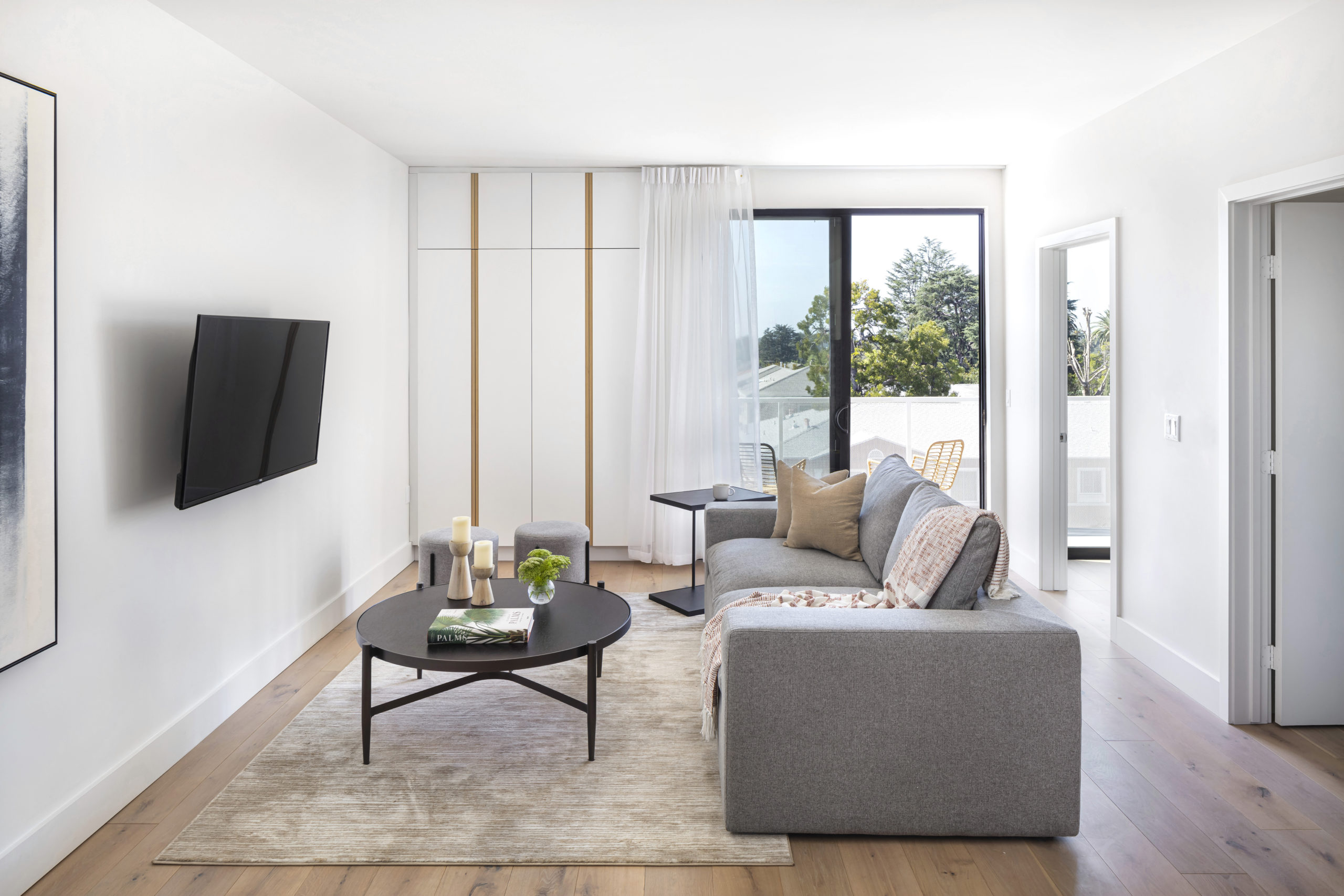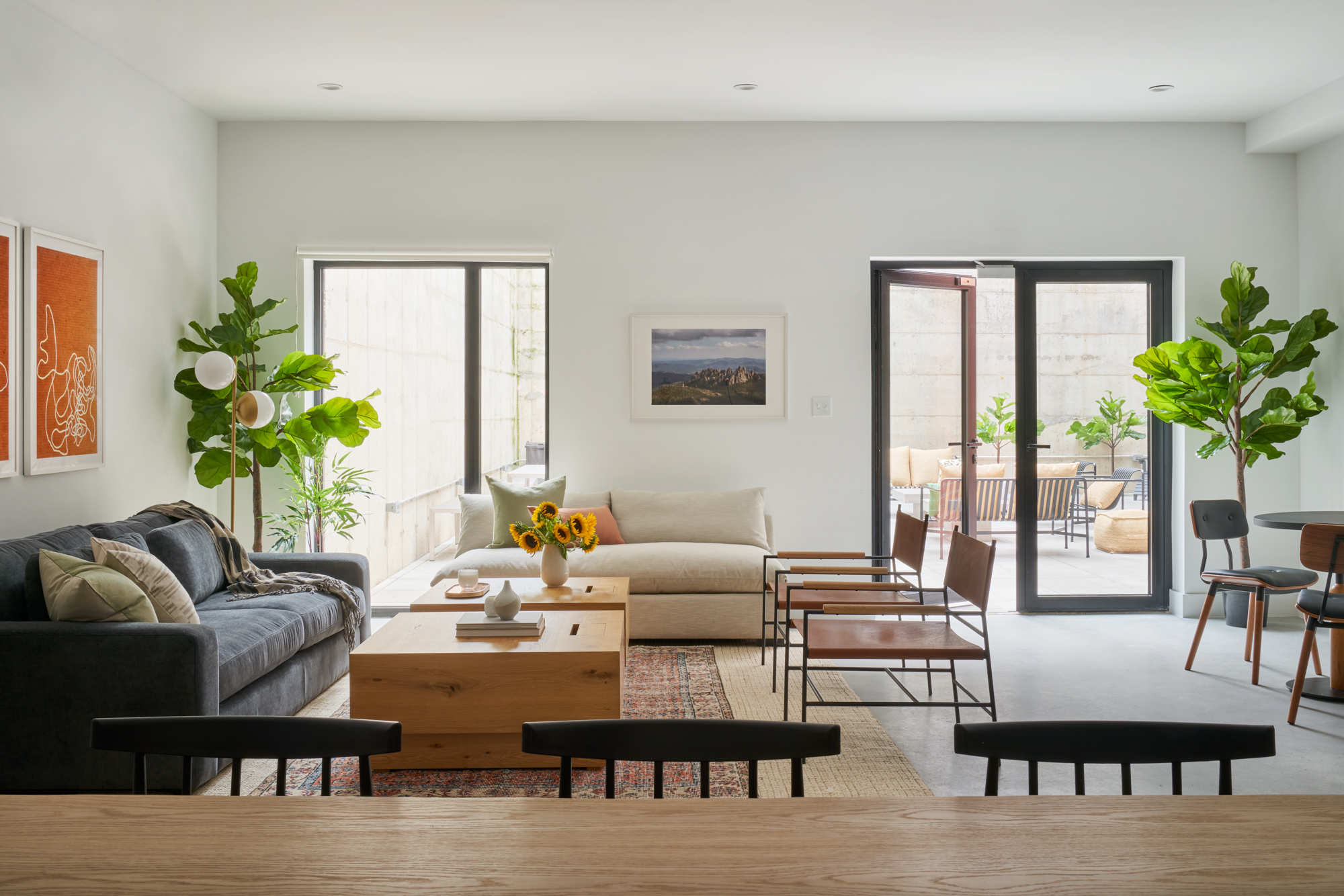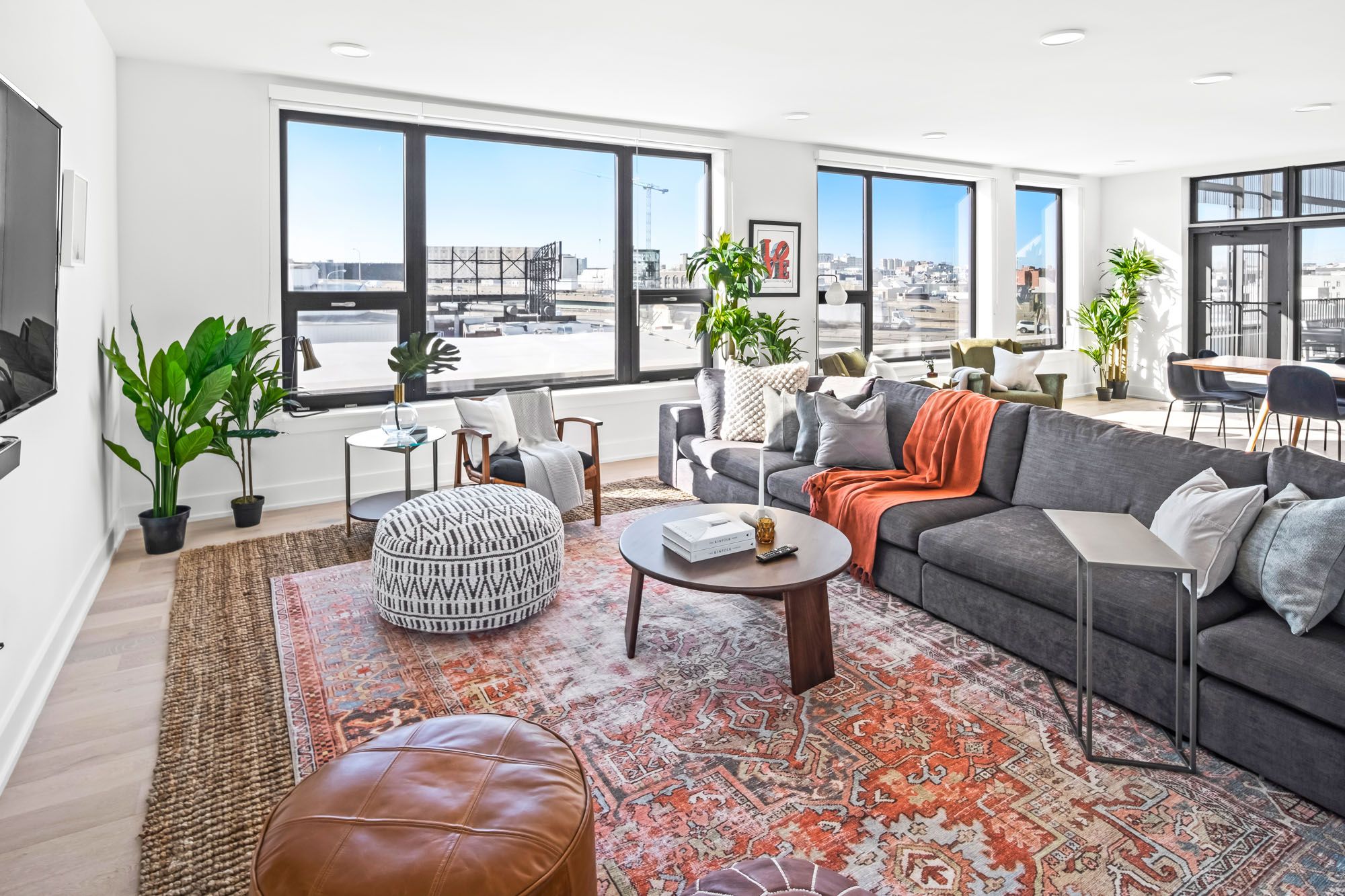80% of people who move during a calendar year will move between April and September 1st, making it the busiest time of the year for property managers. In 2020 this season coincided with the onset of the COVID-19 pandemic, but in 2021, as more of the population becomes vaccinated and increasingly sure of their future plans, the season is shaping up to be the busiest ever. At Common, we’ve been seeing a steadily increasing wave of interest from renters since March, when we received over 22,000 leads.
With National Moving Month in full swing, we set out to discover what renters really want in their next apartment and how the pandemic has affected their perspective on the rental process. We surveyed over 1,000 people about their experiences and preferences when moving, asking everything from how they find apartments, to their biggest pain point during their most recent move, and the amenities that matter most. Here’s what we found.

We asked: What websites or services do you use to find apartments?
We found: Nearly 50% of renters look for apartments on social media
In order to take advantage of the huge demand from renters that will occur over the coming months, property managers need to reach renters where they’re spending most of their time online: social media. The recent increase in video-based social media platforms and tools is especially helpful for leasing agents who can easily create video tours of apartments that provide just as much information as a listing in 60 seconds or less — or at least enough to get a renter intrigued.
As early as November, the Real Deal was reporting that a NYC broker saw 1.4 million views on a single TikTok video over the course of 3 weeks. This eventually translated to leads, with the broker leasing three apartments from the platform in August alone. Common has seen a similar uptick in traffic to our website from our social media channels, especially Instagram, where we have 26,000 followers. In Q1 our traffic from the platform increased by 40%.

We asked: Will you be working from your apartment in the future or from an office?
We found: 49.7% of renters will be working from home and the office
Nearly 50% of renters will be working both from home and the office, with only 14.5% saying they’ll work remotely full time. Architects, designers, and even property managers should take note and consider how to make additional workspace flexible through solutions like coworking spaces, instead of focusing on permanent in-home solutions that renters will only use a few days a week.
At the beginning of the pandemic, Common saw the massive shift towards hybrid work and recently chose five cities to launch the first-ever work/live product called the Remote Work Hub. In order to provide residents more immediate options, we’re beginning to roll out coworking spaces across several of our buildings, so that residents can still create boundaries between work and home without having to go far.

We asked: In your last move, how many apartments did you see before putting down an application?
We found: 39.8% of renters only see 1-3 apartments before applying
While the influx of renters looking for apartments in the next few months is promising for property managers, the window to capture the opportunities is fairly short. In competitive markets like New York City, renters start looking for their next home about a month before their move-in date and only look at 1-3 apartments before putting down an application. Leasing agents need to be able to respond to leads quickly to capture this season’s increase in demand. If your leasing agents are on the ground at the property, vetting leads, returning calls, and giving tours, potential renters will likely slip through the cracks.

We asked: What was your biggest pain point during your last move?
We found: Affordability continues to be the best amenity, 68.5% of renters say finding an apartment that meets their budget + needs is their biggest pain point
America’s housing crisis has only worsened due to the pandemic. Although rent prices have dropped over the past year as property managers were forced to increase concessions, they’re slowly back on the rise. The next wave of renters may have tighter budgets due to the economic recession, and finding an apartment that fits their needs in a major city that won’t leave them rent burdened is often a challenge. Developers and operators looking to lease up quickly should forgo cruise ship style amenities that drive up rents and consider creating added value in their apartments through options like coliving.
The future of apartment rentals

Today’s renters are digitally savvy, budget conscious, and creating their own flexible lifestyles. Everyone in the multifamily industry, from architects to brokers, needs to adapt in order to take advantage of the swell of renters looking for new apartments this spring and summer. Common is ready to meet the demand of new renters with a strong social media presence, a centralized leasing team, and a diverse portfolio of coliving units, micro-units, and conventional private apartments. We’re excited to use the data we’ve found in this survey to make sure our product and services meet their true needs.
If you’re interested in working with Common to take advantage of this year’s moving season and improve performance in your portfolio, visit our partners page.

